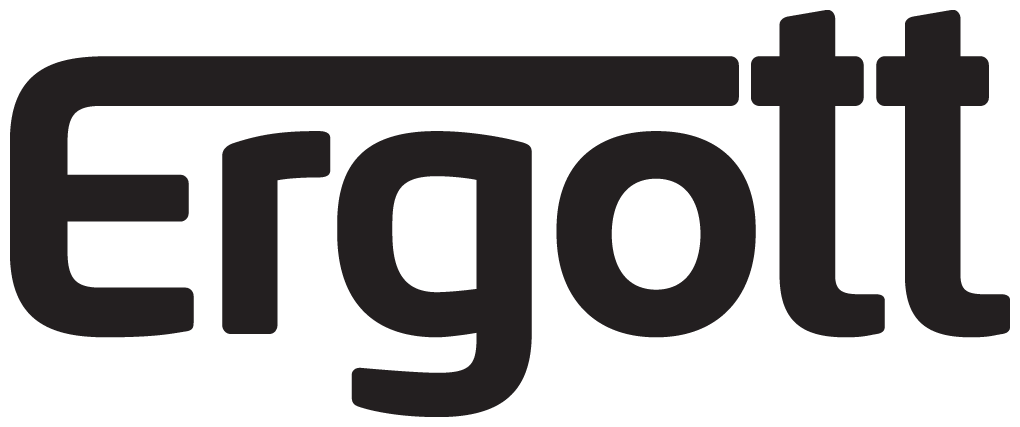Fellas get ready for this. Endpoint is a new brand.
http://rideendpoint.com/
This is the Coffeegrinder.
I got wind of this project early and received a first production run frameset. Frames are made here in the goodoleUSofA. Basically it's a road bike with disc brakes, but the frame deserves a better explanation than that. This is a bike that rides as spirited and any of my race bikes. The biggest difference is that it can clear much bigger tires and also leave room to cover them with fenders. Until now, I had to decide between the two. The disc brakes sealed the deal for me. No more rain rides grinding away my rims and leaving a black mess all over the bike (and my hands). This is the bike I will reach for 80% of the time. I just does everything so well.
I went with Ultegra Di2 hydraulic. I can't begin to say how excellent this group is. It took me one evening to learn how to run the hose, add fluid, and bleed. This is not something to be scared of. Now that I did it once, I can set up the brakes almost as fast as a cable brake setup. Bonus is no cables to gunk up and replace. Same can be said about the shifting. The setup was far easier than cable. The adjustment will also stay put. Initially, I wanted to route the wiring internally. When that proved to be more hassle than it was worth, I sighed and ordered up the external setup. Now I'm convinced that it was the right choice. Everything I need to do if there's a problem can be accessed out on the road. I keep and extra wire with me in case something should happen.
A lot of riding I do is in the dark so lights are a must. I've also had enough close calls to leave them on all the time. Having a very visible blinky all the times (front and rear) is a good idea. Anything that can catch the eye of a driver sooner is good in my book. These lights are super (Light and Motion). Besides the usual power settings, each light has a pulse effect. They don't have that immediate on/off effect that can be harsh to people's eyes in lower lighting. They gradually pulse on and off. No need to piss off the very people I'm asking not to kill me. Finally, both lights have side facing ambers for better visibility.
The wheels. It took a few paragraphs, but here goes. The Shimano CX-75 seemed like no brainers. The price is right and Shimano is known to make a good hub or two. The quality is Ultegra level featuring a steel freehub body to last. Center lock was a must to run Shimano's Ice Tech. I'm a Campagnolo guy, but Shimano owns this segment right now. They have the history of working technology to make everything just right. The rims are Stan's Iron Cross. They can handle about 60psi and that's all I plan on putting in the tires. At that pressure, the Hutchinson Secteurs (tubeless) ride perfectly. Handling felt confident and I didn't feel like I lost anything in the rolling resistance department. If I did, it's worth it. After this winter, the roads are littered with debris and nasty potholes. This setup is exactly what I need.
I haven't been this excited about a bike in 10 years. Sure there have been great updates to the modern road bike, but nothing like this. This bike smashed through all of the limitations I've dealt with over the years and gives me a bike I can take out all the time. Best part is that I don't feel anything is lost in the effort to make a bike good a lots of things. It's still and excellent handling road bike that feels light and nimble. Thanks Braden!!!
























